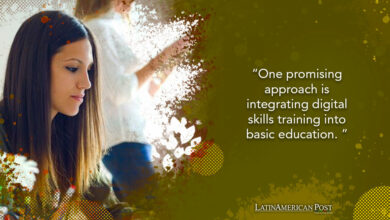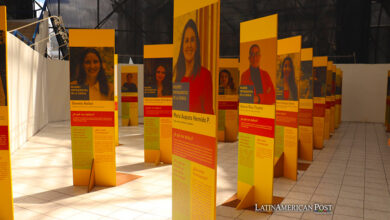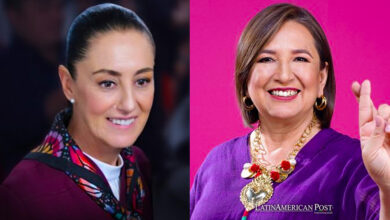Has Gender Equality Improved for Women in Latin America?
The figures for gender inclusion have increased in Latin America, but not at the rate they should.

The Woman Post | Carolina Rodríguez Monclou
Escucha este artículo
In an interview with Editora Latin Trade, Isabel Saint Malo, Vice President of Panama, spoke about the first step to take to solve the gender gap: “First, recognize that there is a problem. Women do not participate at the same level, particularly in decision-making positions”.
She added: "We are missing the potential of women." According to UN Women, only 25% of women in Latin America participate in parliament. Even when this percentage has increased in the last 20 years, there is still a long way to go.
The number of women on boards of directors in Latin America is minimal. This is not only a problem in the region but also globally. Some other countries have started to tackle the problem by setting quotas. Women leaders have the ability, training and experience, but they are not receiving the recognition they deserve.
The Vice President recalls that new legislation has been enacted in Panama that ensures a minimum participation of 30% of women on the boards of government and regulated companies. This includes the banking and insurance sector. Panama's decision is very significant in a world where only 7% of women participate in the executive staff.
Global studies show that the female contribution to corporate governance comes from the skills in which they excel: listening, reaching consensus and generating empathy.
The wage gap is also a problem since globally; women earn 16% less than men.
Another alarming issue in gender equality is violence against women. UN Women studies show that, globally, one in three women suffered physical or sexual violence, mainly from an intimate partner. In 1993, the UN Declaration on the Elimination of Violence against Women established a framework to combat this problem.
Also read: The Activist Who Wants to Reach the Presidency of Colombia
Who we are and what we have become is a direct reflection of where we have been and the experiences we have. In our current social and economic climate, many women have survived dire hardships that have taken a significant physical, mental, and even spiritual toll on them.
Despite these trials and tribulations, many women are living proof that survivors of violent assault are stronger and more resilient than they realize.
Despite recent advances, access to quality education is still not universal. All developing regions have almost achieved gender parity in primary education. Seventy young women for every 100 young men complete secondary school in low-income countries. However, in many regions, gender inequality increases in secondary and higher education.
The literacy rate among adults has risen from 76% in 1990 to 86% today, but women still account for more than two-thirds of illiterate people worldwide. The reason is that some of these women are immersed in conflict settings.
In 2000, groundbreaking United Nations Security Council Resolution 1325 recognized that war affected women differently and emphasized the need to increase women's participation in peace talks. However, from 1992 to 2018, only 13% of those negotiated at the peace negotiation tables were women.
The role of governments and budgetary policies must be concerned with providing equal opportunities for all. Budgeting with a gender perspective creates societies in which the understanding of equity and equal opportunities for both men and women must be instilled, taking into account their particular needs.




